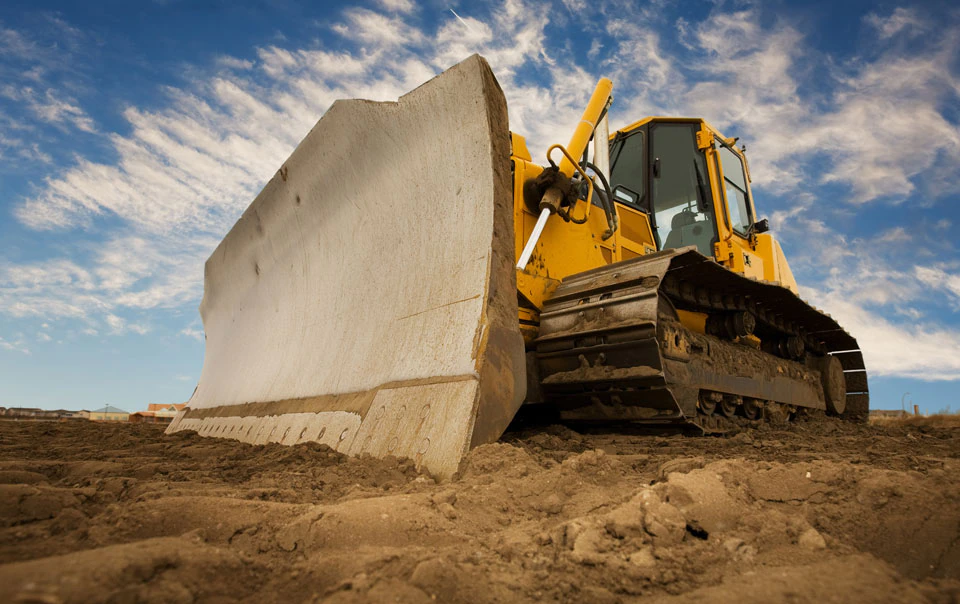Strategies and Best Practices for Construction Fleet Safety


The potential for injury is ever present for construction workers. This is due to the variety of activities at the job site, having to share the job site with other trades and vendors, and an otherwise inherently complex work environment. Notably, motor vehicle accidents are one of the top five causes of injury to construction workers.1 Motor vehicle accidents can occur both at the job site and in transit to and from the job site. They can also involve a variety of types of vehicles, including trucks, automobiles and heavy equipment.
To help reduce the potential for injury to construction workers, specific policies and procedures can be implemented, and developing a fleet safety program can be one of the most important steps to promote safety throughout an organization.
Distracted driving
Most people understand that it’s important to be alert and engaged when driving, while on the road or at a job site. Yet every year thousands of people are injured or killed in accidents involving distracted driving. In fact, nearly 80% of all crashes and 65% of all near-crashes involved driver inattention just prior to (within three seconds) the incident.2
Even a quick glance away from the road could mean hundreds of feet of distance. At highway speeds, five seconds without looking at the road is like driving the length of a football field without seeing what is in front of you.3 That is why it’s important for construction companies and their workers to make a concerted effort to avoid distracted driving.
Establishing and enforcing an effective mobile device policy can help reinforce company expectations surrounding distracted driving. Construction companies can take steps to help manage this daily exposure. These steps should include:
- Create – State in writing the organization’s position on mobile device use and other distractions while driving. A formal policy is an important piece to the foundation of a successful distracted driving prevention program.
- Communicate – Communicate safety policies continually via emails, newsletters, bulletin boards, defensive driving training, signage in vehicles and more. One of the best ways a company can communicate its policy is to ask every employee who drives on company business to acknowledge in writing that they have read, understand and commit to following the policy.
- Lead – As a manager or site superintendent, it is important to lead by example. When employees are contacted while they are driving or are expected to respond instantly to emails or texts, it can convey to drivers that business is more important than safety. Every employee who drives and every employee who communicates with drivers plays a role in ensuring that the policy works.
- Reinforce – Managers should define the safe driving practices and expected behaviors of those who drive for business purposes. They are also responsible for understanding who is following these policies and actively promoting the desired behavior.
Backing safety on the job site
Another leading cause of motor vehicle accidents on a job site is backing up. Accidents involving backing are among the most common, despite being among the most preventable. Backing incidents can not only cause severe injury to workers, they can also damage vehicles and equipment. A seemingly simple, yet effective, best practice to help prevent this type of collision is to avoid backing up. Train your employees to think ahead – whenever possible, they should park their vehicle so they will not need to back up when leaving. Of course, backing up can be an unavoidable daily requirement for some operations. If drivers must back up, it should be done carefully while keeping these precautions in mind:
- Keep mirrors clean and adjusted to help maximize the view behind the vehicle.
- Make it a priority to Get Out And Look (GOAL) around the vehicle before moving. Make a mental note of anything that could create a hazard, such as fixed objects, parked vehicles, overhead obstacles or pedestrians. Complete a walk-around when ready to back up, then begin backing before the situation changes.
- Be aware of overhead obstructions, such as awnings, power lines, branches and roofs.
- A spotter can be helpful, but remember, the driver is responsible for the vehicle even when someone is helping. When using a spotter, make certain to use coordinating hand signals and be especially cautious that the spotter is never between the vehicle and a fixed object, or otherwise in harm’s way.
- Back up slowly to allow stopping quickly if a sudden hazard emerges.
Understanding motor vehicle records (MVR)
Evaluating MVRs prior to allowing workers to drive vehicles is essential to helping reduce risk and keeping employees safe.
Oftentimes, the importance of running MVRs is not fully understood. To help evaluate driving history, MVRs should be obtained during the employment screening process and annually thereafter, as well as following any accident that may occur. MVRs should provide at least a three-year driving history and include all violations and accidents, not just those occurring on the job. Drivers who have poor driving records should not be permitted to operate vehicles on your organization’s behalf. Companies should retain MVRs in the employee’s personnel file and outline retention policies for all documents associated with an MVR.
Periodically reviewing MVRs to confirm that drivers have safe driving records can help reduce the risk of vehicle accidents and workplace injuries. Additionally, it can help comply with important state and federal driver qualification requirements if your organization operates commercial vehicles. (Information above pulled from MVR standard record.)
Sources
1 2024 Travelers Injury Impact Report.
2 100-Car Naturalistic Study Fact Sheet, Virginia Tech Transportation Institute.
3 What Is Distracted Driving, National Highway Traffic Safety Administration.



